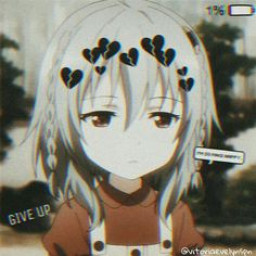Read the following passage and mark the letter A, B, C, or D on your answer sheet to indicate the correct answer to each of the questions from 43 to 50.
MEMORY
"Memorize these words". "Learn this spelling rule". "Don't forget about the quiz tomorrow".
You remember things every day, but how do you do it?
When you want to call a store or an office that you don't call often, you look in the telephone book for the number. You dial the number, and then you forget it! You use your short-term memory to remember the number. Your short-term memory lasts about 30 seconds, or half a minute. However, you don't need to look in the telephone book for your best friend’s number because you already know it. This information is in your long-term memory. Your long-term memory has everything that you remember through the years.
Why do you forget things sometimes? Is there a reason? Yes, there are several. The major reason for forgetting something is that you did not learn it well in the beginning. For example, you meet some new people, and right away, you forget their names. You hear the names but you do not learn them, so you forget them.
You can help yourself remember better. Here are some ideas:
1. Move information from your short-term memory to your long-term memory. You can do this if you practice the new information. Say it to yourself out loud. Think about it.
2. After you learn something, study it again and again. Learn it more than you need to. This process is called overlearning. For example, when you learn new words, practice using them in sentences. Don't try to memorize words from a list only.
3. Make sure that you understand new information. It is very difficult to remember something that you don't understand. Ask questions when you learn something new to be certain that you understand.
4. Do not listen to music or watch TV when you study. You will remember better if you concentrate on one thing at a time.
5. Try to connect new information with something that you already know. For example, when you learn the name of a new kind of food, think of a similar kind of food that you already know.
6. Divide new information into several parts (about five or six). Learn one part at time and stop for few minutes. Don't sit down and try to learn a very large amount of new information all at once.
7. Try to make a picture in your mind. For example, if you hear or see a new word, make a picture of how it looks to you in your mind. This “mental” picture will help you remember that word the next time you see or hear it.
8. Think of word clues to help you remember information. One very helpful kind of word clue is an acronym. An acronym is a word formed from the first letter of a group of words. For example, many American schoolchildren learn the names of the Great Lakes in the North America by remembering the word homes. Homes is an acronym that comes from the names of the Great Lakes: Huron, Ontario, Michigan, Erie, Superior.
9. Relax when you study! Try to enjoy yourself. You are learning new things every minute. You will remember better if you are happy and relaxed.
The names of the Great Lakes in North America are easier to remember______.
A. thanks to the useful acronym homes
B. when they are connected with the mental picture of your home
C. if they are near your home
D. because they remind you of your home












